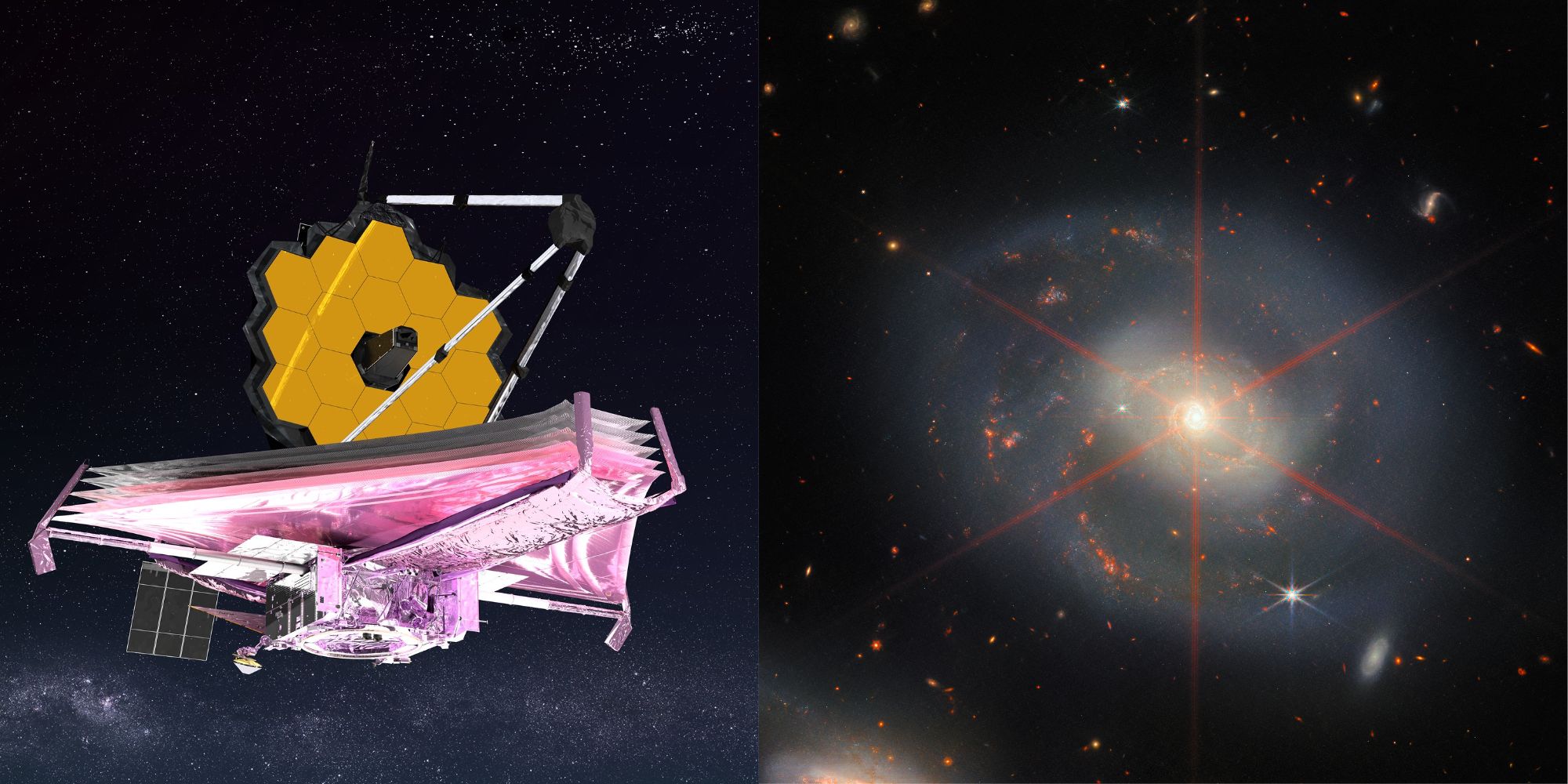The picture from JWST is a direct have a look at a 90,000-light-year-wide spiral galaxy referred to as NGC 7469, which ESA describes as “a wreath of star formation.”
The European Area Company (ESA) has shared its choose for December’s James Webb Area Telescope image of the month, and fittingly, it’s a shot of a shiny, moderately festive-looking spiral galaxy 220 million light-years away. The James Webb Area Telescope (JWST) is an enormous infrared telescope at the moment on a seek for clues into the historical past and evolution of the universe, going all the way in which again to its starting. It’s a global collaboration between ESA, NASA, the Canadian Area Company (CSA), and others, designed to succeed the Hubble Area Telescope — and probe deeper than it ever did.
Within the picture, JWST obtained a direct have a look at a 90,000-light-year-wide spiral galaxy referred to as NGC 7469, which ESA describes as “a wreath of star formation.” NGC 7469 lies within the Pegasus constellation and has an ultra-bright heart because of its lively galactic nucleus (AGN), the place an abundance of radiation is emitted as materials falls into its black gap. This central area is haloed by a “starburst ring” composed of extremely productive star-forming clusters.
James Webb Area Telescope Visits An Previous Good friend
NGC 7469 isn’t new to astronomers, actually, ESA says it’s “among the best studied AGNs within the sky,” however with JWST’s superior capabilities, it may be examined in better element than ever earlier than. JWST lately took a have a look at NGC 7469 as a part of the Nice Observatories All-sky LIRGs Survey (GOALS), resulting in a slew of recent discoveries — together with that its nucleus could also be capturing out gasoline at a velocity of about 6.4 million kilometers (3.9 million miles) per hour.
Webb pointed its suite of devices at NGC 7469, together with its Mid-InfraRed Instrument (MIRI), Close to-InfraRed Digital camera (NIRCam), and Close to-InfraRed Spectrograph (NIRspec), permitting astronomers to identify some beforehand unseen younger star-forming clusters and get direct affirmation of the AGN’s affect on its environment. “With Webb,” ESA notes, “astronomers can discover the galaxy’s starburst ring, the central AGN, and the gasoline and dirt in between.”
As for the good pink beams that appear to emanate from the center of the spiral galaxy, properly, that’s no celestial object in any respect, only a trick of the sunshine attributable to the configuration of JWST’s mirrors and the three 25-foot struts that allowed it to unfurl in area. What we see within the newest picture — and in lots of others — is what’s generally known as a diffraction spike. On this case, it simply occurs so as to add to ESA’s vacation cheer.
Supply: ESA




